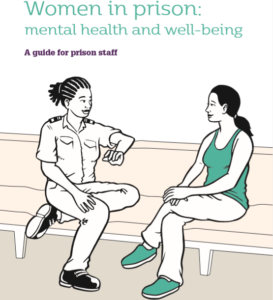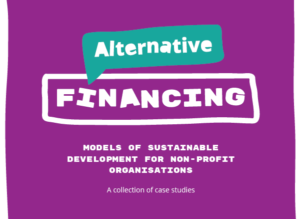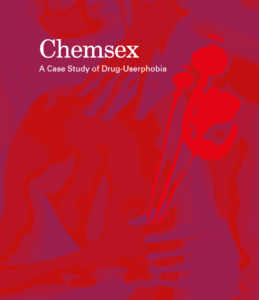How do such events like EECA INTERACT affect the health sector?
Cate Hankins, professor, co-chair of EECA INTERACT and co-chair of the annual INTEREST Conference
The format of EECA INTERACT builds on the successful model of the INTEREST Conference, held in a different country in Africa each year. INTEREST began in 2007 and has become the premier scientific conference on HIV in Africa, drawing an increasing number of abstract submissions and registrations year-over-year. The conference brings together world-renowned HIV experts and young African researchers with the overall goal of contributing to building the next generation of African scientists and facilitating networking opportunities in the field of HIV.
Today’s health challenges transcend traditional disease boundaries, so we need an interdisciplinary approach to explore tangible solutions to fully address these epidemics. Using the INTEREST Conference model, EECA INTERACT will provide a platform for researchers and practitioners from different fields to interact and develop strategies that will effectively halt the growing numbers of infections in this region. Ultimately, we hope this two-day workshop will help us move towards new effective treatment and prevention strategies.
What are the main objectives of EECA INTERACT 2019?
Anke van Dam, member of the international organizing committee of EECA INTERACT 2019; executive director of AFEW International.
AFEW experiences a lack of data on the HIV, TB and viral hepatitis epidemics in the EECA region. Data are needed to develop evidence-based policies and interventions. Through EECA INTERACT, AFEW strives to stimulate and facilitate research in the region.
Also, the objectives of EECA INTERACT 2019 are:
- To provide cutting-edge knowledge in the fields of epidemiology (modelling), treatment, pathogenesis, and prevention of HIV, TB, and viral hepatitis as well as chronic conditions;
- To exchange ideas on providing and supporting HIV testing services and clinical care provision to adults, adolescents, and children living with HIV to achieve 90-90-90 goals;
- To foster new research interactions among leading investigators and those who represent the potential future scientific leadership for health care and research in the region;
- To build research and clinical capacity across EECA.





